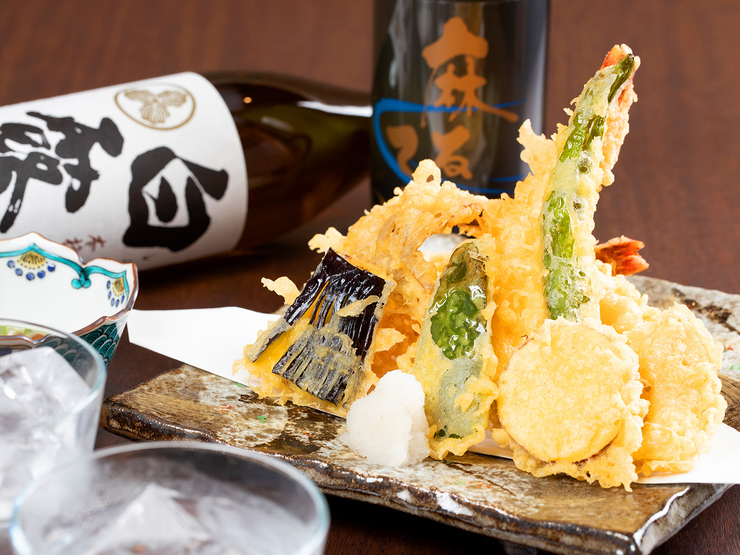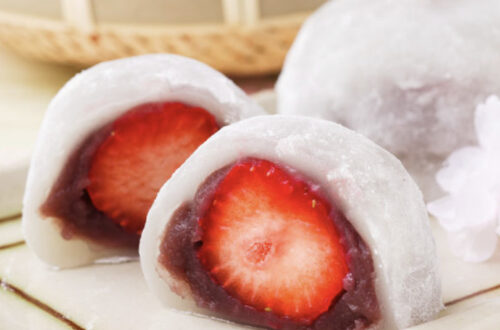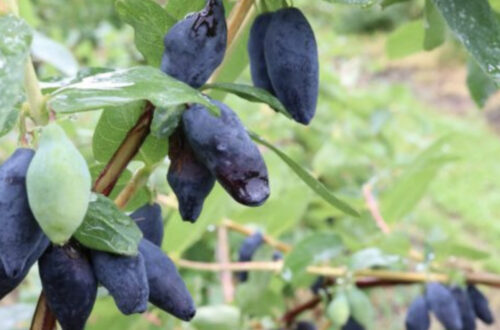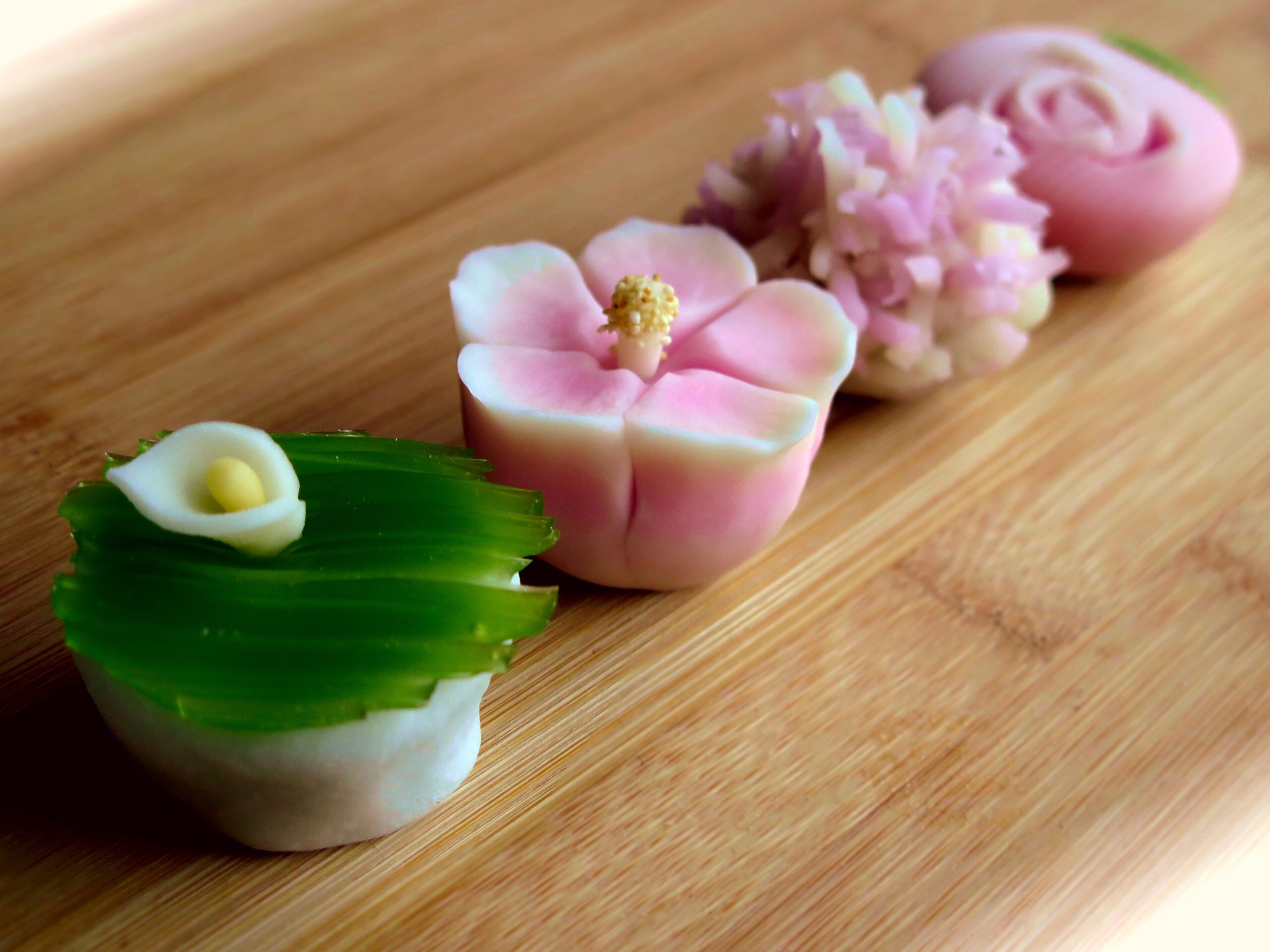
Japanese Sweets 和菓子
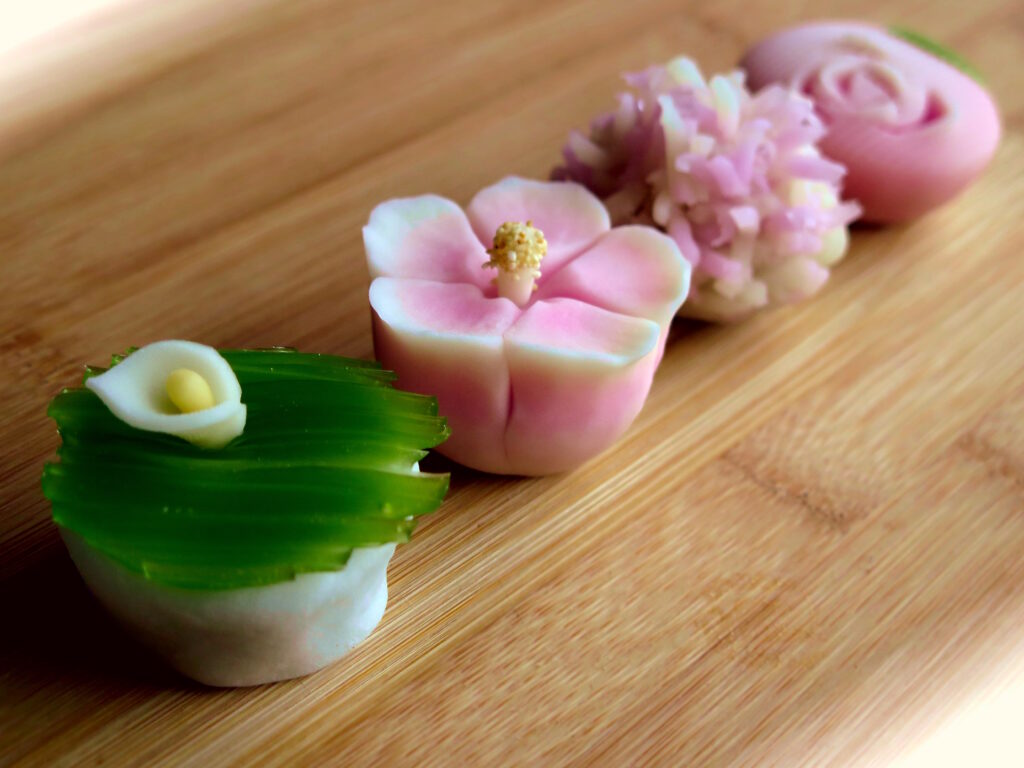
Wagashi, or Japanese sweets, have a long history and they are said to date back to the Jomon Period. It is said that during the Jomon period the process of making dumplings was to crush nuts, removing the lye with water, and rolling them. After that, wagashi evolved under the influence of exchanges with Tang (now China) and the development of the tea ceremony culture. While incorporating various materials and making use of traditional techniques, wagashi have been developed by manufacturing and processing methods to produce higher-quality sweets. On the other hand, it is a characteristic of Japanese sweets culture that the traditional dumplings and rice cakes are still strongly favored today. Japanese sweets, which are indispensable for annual events, are deeply linked to traditional Japanese culture and continue to be loved.
和和菓子の歴史は古く、縄文時代までさかのぼるとされています。木の実を粉砕して、水でアクを抜き丸めたものが団子の始まりといわれています。その後、唐(現在の中国)との交流や茶の湯文化の発展などの影響を受けながら和菓子は進化しました。多様な素材を取り入れながら、製造や加工方法を発展させて、伝統的な技術を生かしつつも高品質で美しい形状の和菓子が、生み出されていきました。その一方で、古くからの団子や餅が根強く好まれているのも、和菓子文化ならではの特徴です。年中行事にも欠かせない和菓子は、日本の伝統文化と深く結びついて愛され続けています。
*lye 灰汁(アク)
